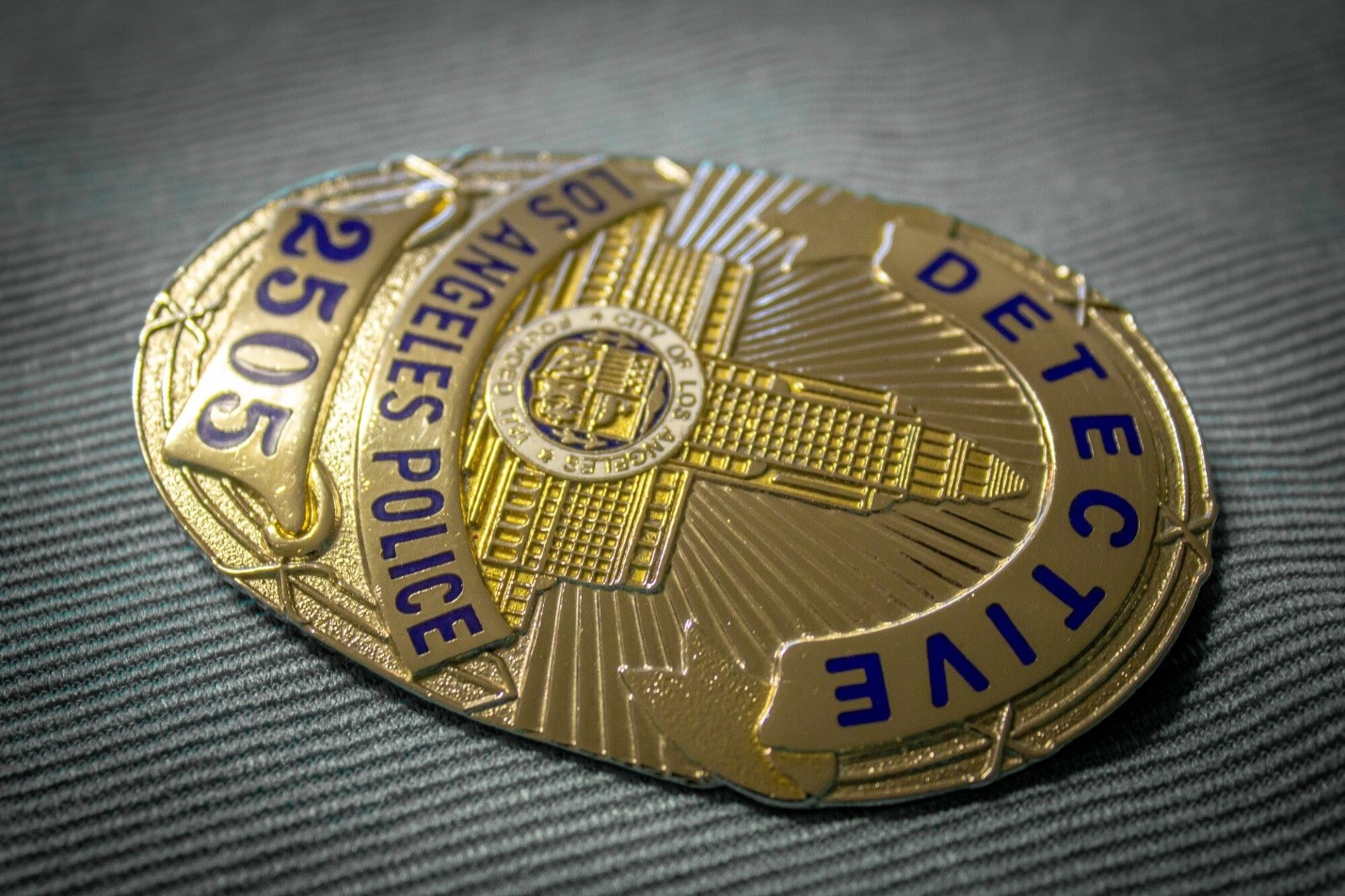
Taking a Brief Look at the History of the Police Badge
Historians believe the first police badge was created in 1845, in London, England, although there is still some open speculation about its origins. The police badge is a symbol of respect, authority, and integrity. It is probably the first thing you notice when you see a police officer.
The police badge acts as the icon of law and order and indicates what department the police officer is from. The badge is sacred in the police community and is to never be tarnished.
There’s more than what meets the eye when it comes to the police badge. Read on to learn about the brief history of the badge.
Table of Contents
Origins and Uses
The police badge dates all the way back before there was modern law enforcement.
People wore badges as jewelry in the Middle Ages and represented loyalty and status. Knights during this time wore a coat of arms that represented the chivalry, justice, and allegiance to their royal leader.
As police officers take an oath to protect and serve, knights during medieval times swore to protect the defenseless and defend the general welfare.
There were also specialized badges, one being the pilgrim badge. Individuals who finished a pilgrimage wore a pilgrim badge. Livery badges in the 14th and 15th centuries worn by household servants represented their allegiance to the lord.
During the beginning of its origins, it was normal for anybody to wear a badge to represent faithfulness to a house. Eventually, those who donned a badge began wearing uniforms. This was simply to let others know who they served and represented.
Police Ranking
Badges eventually equated to status. The uniform you wore during the early times indicated your status in the house you served.
The police badge represents a great sense of pride and loyalty to the people. Chiefs and command rank badges were commonly and hand-made by local jewelers. Police badges made at the beginning of time were made of sterling silver, metal, cloth, and jewels for those with money.
Today, the police badge and any police insignia are silver. When the police officer gets promoted to sergeant, it becomes gold. Common ranking in the police department goes from master police officer, sergeant, commander, to chief being the highest.
Police accolades and awards can include the Congressional Badge of Bravery, Medal of Valor, Officer of the Year, Lifesaving Medal, and Purple Heart Medal.
The Police Badge Today
Those in all rankings in the police department wear the badge. It represents honor and loyalty to protect the community and law. As it stands for many things, one of its main purposes is identification.
Police officers can wear their badges in different areas of their uniform according to their department. You may see an officer wearing their badge on either side of their chest or belt.
The police badge acts as a universal symbol of a legitimate police officer.
As police officers represent their identity through their badges, so can you.
Metal Promo specializes in customized metal goods like lapel pins, coins, military medals, and more. A custom lapel pin is a great way to honor a public servant and their decades of service to the community. Check them out today.
Pride and Allegiance
The police badge and the roots of its origins have come a long way. It represents an array of things, but its most prominent symbol is pride and allegiance. The badge is an important entity of the uniform and being an officer and means a lot to those who wear it.
If you found this post interesting, be sure to check out our website for more quality content.








